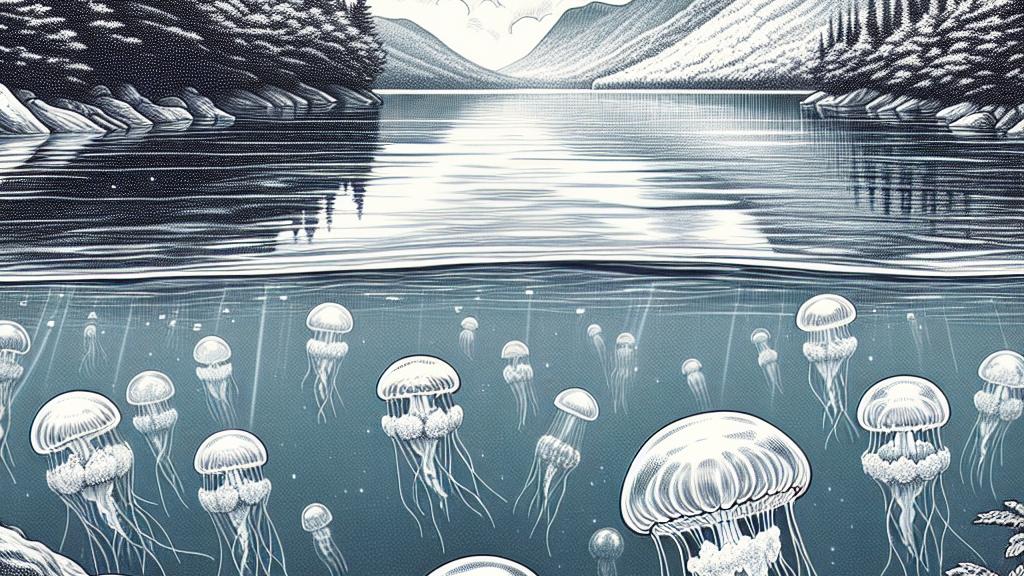Increasing Sightings of Freshwater Jellyfish in Canadian Lakes
Overview
- Freshwater jellyfish, fascinating and authentic, are increasingly spotted in Canada's serene lakes.
- Their rapid population growth exemplifies the significant ecological shifts driven by climate change.
- Though they possess stinging cells, these jellyfish remain harmless to swimmers, stirring both awe and concern.

Presence of Freshwater Jellyfish in Canada
In the tranquil, picturesque lakes of southern Canada, something remarkable is happening: sightings of freshwater jellyfish, known scientifically as Craspedacusta sowerbii or the Peach Blossom Jellyfish, are on the rise. Imagine wandering by the lake and spotting these delicate, almost ghostly creatures gliding gracefully beneath the surface—a sight that's both enchanting and curious. First recorded in Canada as early as 1938, these jellyfish have long sparked intrigue and playful debates among residents, with many wondering if they've truly spotted jellyfish in freshwater. As more people encounter them, the combination of wonder and skepticism has turned lively discussions into surprising moments of connection. This sudden prevalence in lakes, once considered unusual, now hints at broader changes occurring in our ecosystems.
Life Cycle and Environmental Impact
The life cycle of these intriguing organisms is a captivating story of transformation. Freshwater jellyfish oscillate between two distinct stages: the polyp and the medusa. During the majority of the year, they exist as unnoticed polyps, refusing to conform to the notion of grandeur, instead attaching themselves to rocks and plants at the bottom of lakes. However, as temperatures soar and summer settles in, these polyps undergo an incredible metamorphosis, unveiling their medusa form in dramatic fashion. Picture vibrant blooms—hundreds or thousands—appearing seemingly out of nowhere, captivating onlookers with their transparent, umbrella-like bodies. This captivating spectacle raises vital questions about our changing environment: will these jellyfish disrupt existing food webs, or will they seamlessly fit into the intricate fabric of aquatic life as climate change reshapes our ecosystems?
Invasive Species Concerns
As the freshwater jellyfish gain a foothold in Canada's lakes, they raise a cautionary tale about the delicate balance of nature. Although harmless to humans—thanks to their weak stinging cells—these jellyfish may pose challenges to local biodiversity. Imagine a small community of native species, only to find these newcomers vying for resources or disrupting established relationships. The introduction of Craspedacusta sowerbii exemplifies how climate change can lead to unexpected interactions between species. While we marvel at their beauty and uniqueness, we must not overlook the potential consequences. Scientists and conservationists are closely monitoring their spread, emphasizing the need for vigilance. The evolving presence of freshwater jellyfish serves as a reminder of the importance of maintaining ecological balance, inviting us to appreciate the wonder of nature while remaining aware of the complexities that come with change.

Loading...